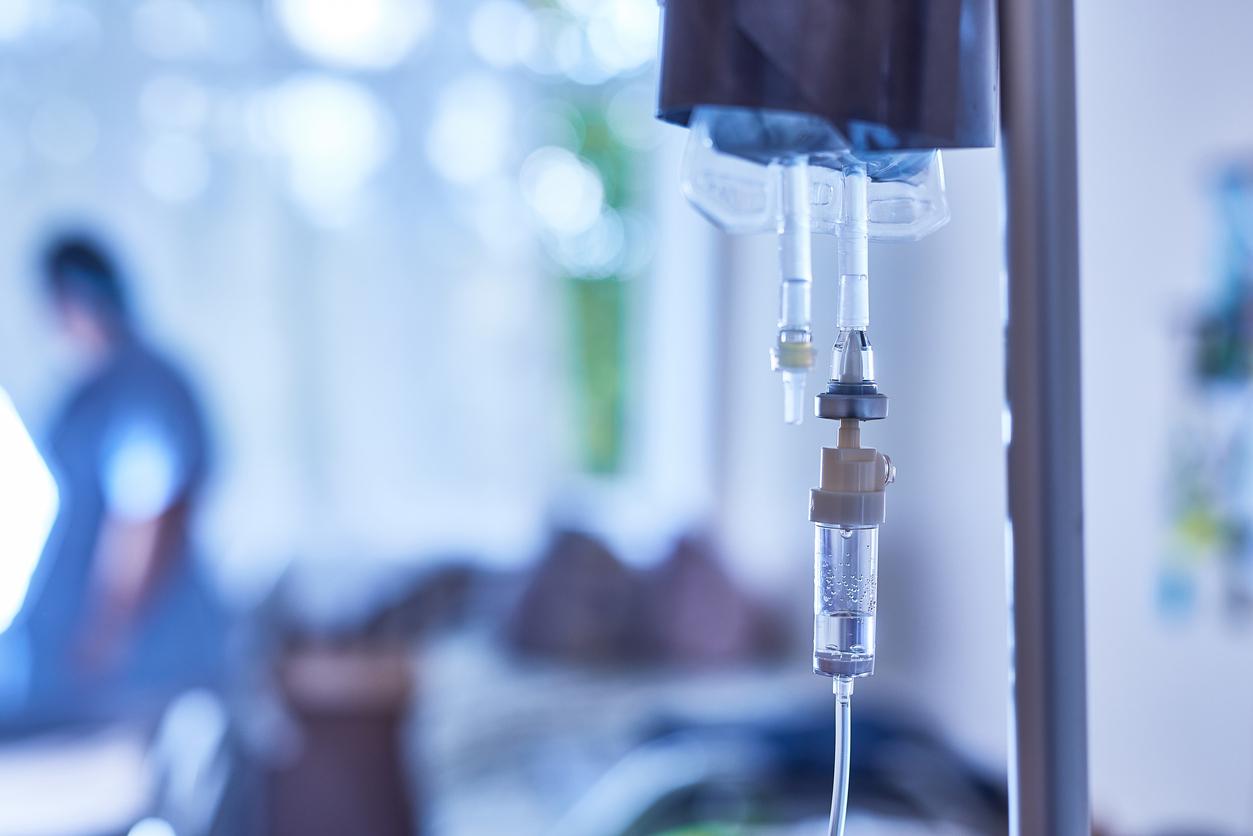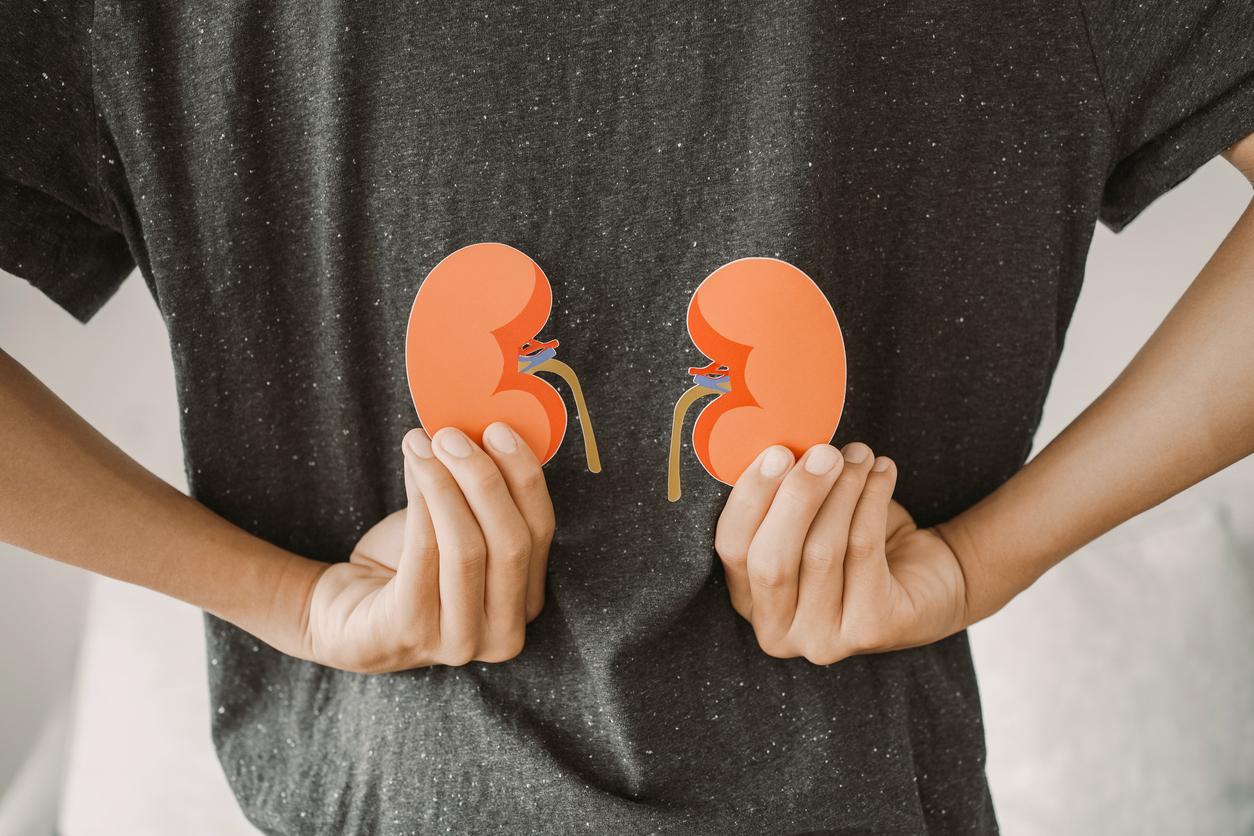
“We want to make dialysis more bearable by making it portable”
If your kidneys stop working, you are dependent on dialysis or a transplant to stay alive. In the Netherlands, 6,500 people are dependent on dialysis; heavy treatment with severe side effects, such as fatigue and a high risk of cardiovascular disease. To make this more bearable for patients, the Kidney Foundation is developing the portable artificial kidney. “That would really give kidney patients back a lot of their freedom.”
The portable artificial kidney is a hemodialysis device that can be used at home and on location. “Our greatest dream is that we can cure kidney diseases in the long term. As long as that is not possible, many kidney patients rely on dialysis due to the great shortage of organ donors. That is a heavy treatment with far-reaching consequences for the lives of kidney patients and their environment. A small, portable artificial kidney that makes frequent hemodialysis possible at home and on the road gives kidney patients back their independence and mobility.In short: we want to make (hemo)dialysis more bearable by making it portable.We want people who depend on this heavy treatment to have a provide treatment that suits their lives, instead of patients having to adapt their lives to the treatment. And we have been working on this since the first fundraising started in 2008,” says Jasper Boomker, Care & Innovation program manager at the Kidney Foundation.
Dialysis is a heavy treatment
“The dialysis process is good in the Netherlands. There is only a slight imbalance in the salt and acid. This could be improved by dialysis a little longer. But yes, even longer in the hospital…”, says Boomker. “It is quite something to have to dialysis for four hours at least three times a week. That treatment is really heavy and is actually still not a real ‘solution’ for patients. It also costs them a lot of time, but above all freedom.”
First prototype in development
 As mentioned, the Kidney Foundation has been developing the portable artificial kidney since 2008. This seems like a long time. But if you consider that there has been no real breakthrough in this area since Willem Kolff invented the dialysis machine 75 years ago, the steps taken in recent years are enormous. In 2015, a laboratory version of the portable artificial kidney was completed and at the end of 2018 they presented the 3D model of the portable artificial kidney. At the moment we are working hard on a prototype and the preparation of the clinical tests. If these studies with a small group of patients are successful, it will be several years before the portable artificial kidney becomes widely available.
As mentioned, the Kidney Foundation has been developing the portable artificial kidney since 2008. This seems like a long time. But if you consider that there has been no real breakthrough in this area since Willem Kolff invented the dialysis machine 75 years ago, the steps taken in recent years are enormous. In 2015, a laboratory version of the portable artificial kidney was completed and at the end of 2018 they presented the 3D model of the portable artificial kidney. At the moment we are working hard on a prototype and the preparation of the clinical tests. If these studies with a small group of patients are successful, it will be several years before the portable artificial kidney becomes widely available.
Innovative cartridge reduces water use by 115 litres
Boomker: “The innovation we are developing is a special cartridge that filters and recycles the flushing water. This would make a small artificial kidney lighter, more compact and more environmentally friendly. With this cartridge we can reduce water consumption from 120 liters to approximately 5 litres. technology. In addition, the portable artificial kidney must be easy to operate independently. We have consciously opted for a development process in which a portable artificial kidney is available for patients as quickly as possible. Further development will follow. Unfortunately, not everyone will be suitable for such a situation.” You have to be able and willing to prick yourself and because you have to learn to work with it, vulnerable groups, the digitized and the elderly will also be less likely to qualify.”
wearable vs portable
Several initiatives have been developed over the years to make life easier for kidney patients. For example, there was already an American initiative for a portable artificial kidney. Why not develop further on that idea? “Victor Gura, the American nephrologist, presented a dialysis machine that weighs only 4.5 kg and that can be worn like a belt on the body. The problem with such a wearable is the lack of safe vascular access, which means that the needle can be released, for example. A portable such as we are developing is safer and more in line with the patient’s wishes.”
Roll case size
What are the patient’s wishes? “The current market offers few incentives for groundbreaking innovations. The development of a wearable artificial kidney is technically complicated, expensive and also risky. The market is therefore not taking this up on a large scale. When you look at the American initiative, I do not believe that this variant will see the light of day soon. Our research shows that patients prefer not to walk around with such a wearable, which is still large in size and very visible, but prefer a smart device for home dialysis, which can also be taken on a trip. Our artificial kidney is the size of a trolley and can simply be put in the hand luggage rack,” says Boomker.
Patent and development
“In addition, the Kidney Foundation wants to prevent a good idea from being deliberately shelved at all times,” he explains. “That is why the Kidney Foundation makes good agreements with the development partners about the ownership and right of use of patents that are partly created thanks to the financing of the Kidney Foundation. In addition, it has been agreed that if proven success, part of the proceeds of the portable artificial kidney can be reinvested in further research and development.”
2000 new dialysis patients every year
The figures show that the further development of the artificial kidney is important – even after the first model has been put into use. About 2,000 new dialysis patients are added every year. There are currently about 700 people on the waiting list for a donor kidney. Until we can cure kidney disease, kidney patients who need kidney function replacement treatment will depend on dialysis or transplantation to stay alive. Kidney transplantation is the best possible treatment, but not everyone can be transplanted. In addition, there is a severe shortage of donor kidneys. In the Netherlands, 6,500 are dependent on dialysis. The treatment is tough. Every year 1 in 6 dialysis patients dies.
Quality of life significantly less for kidney patients
“In the past, the fact that you could dialysis at all was fantastic, of course,” says Boomker. “But nowadays we also look at quality of life. For people who have to dialysis, this is significantly less than people think. They have the idea that such dialysis has an invigorating effect, just like a blood transfusion, for example. But nothing could be further from the truth. After dialysis, many people suffer from the so-called ‘dialysis hangover’.
Dialysis hangover and constantly tired
Such a dialysis hangover occurs because the composition of the blood changes completely in a short period of time. This can cause large fluctuations in blood pressure. When (too) much fluid is withdrawn from the blood, this can cause cramps, nausea or dizziness. But that’s not all. Almost everyone suffers from lingering fatigue. That’s because dialysis takes over the purifying effect of kidney function for only 10-15 percent.”
Strict rules of life
Moreover, few people realize that strict rules of life apply to kidney patients. They should not have too much moisture and should avoid certain foods. It takes a lot of discipline to follow those rules. This is even more true in company, because eating and drinking is often part of the fun. Of course, a portable artificial kidney doesn’t help with that. But in the current situation, patients have to organize their lives on dialysis treatment. Due to the dependence on a large dialysis machine in the hospital, dialysis patients give up a large part of their freedom. This is in any case a thing of the past with the portable artificial kidney.
Big step forward for kidney patients
“Patients are therefore no longer bound for haemodialysis to have 4 hours of dialysis three or four times a week in a hospital. In addition, the portable artificial kidney offers a lot of freedom of choice: patient and doctor can opt for short or long-term dialysis, more frequent dialysis, in one place and time that the patient chooses himself. This offers a better quality of life and gives patients much more freedom of movement and freedom to organize their own lives. An enormous step forward for the lives of kidney patients,” concludes Boomker.
 Jasper Boomker (1976) studied Medical Biology at the University of Utrecht. After his PhD at UMC Groningen, he conducted research into the bio-artificial kidney, among other things. Since 2009, he has been working as a program manager at the Care & Innovation department of the Kidney Foundation and is involved in projects to improve dialysis treatment, the portable artificial kidney and stem cell research.
Jasper Boomker (1976) studied Medical Biology at the University of Utrecht. After his PhD at UMC Groningen, he conducted research into the bio-artificial kidney, among other things. Since 2009, he has been working as a program manager at the Care & Innovation department of the Kidney Foundation and is involved in projects to improve dialysis treatment, the portable artificial kidney and stem cell research.
In October 2018, the first 3D model of the wearable artificial kidney was presented:
This article was produced in collaboration with the Kidney Foundation. More information about the development of the wearable artificial kidney can be found at their site.















